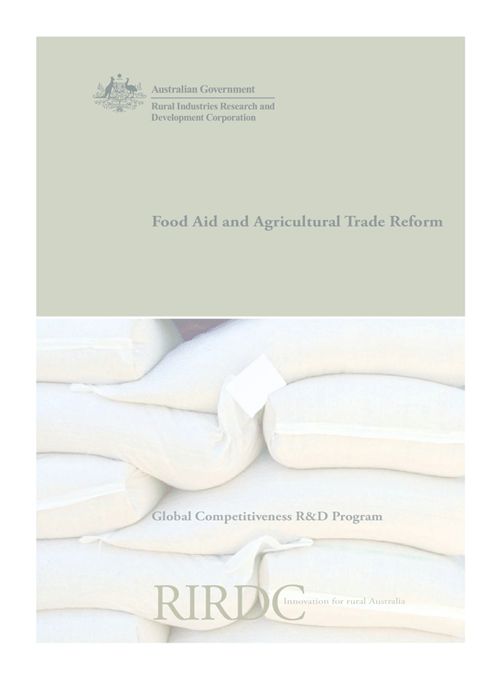Navigating the new world order: Australian agriculture's place in global trade wars
Amidst a volatile global trade environment shaped by renewed United States (US) protectionist policies, Australian agriculture faces both significant risks and strategic opportunities. This report...





